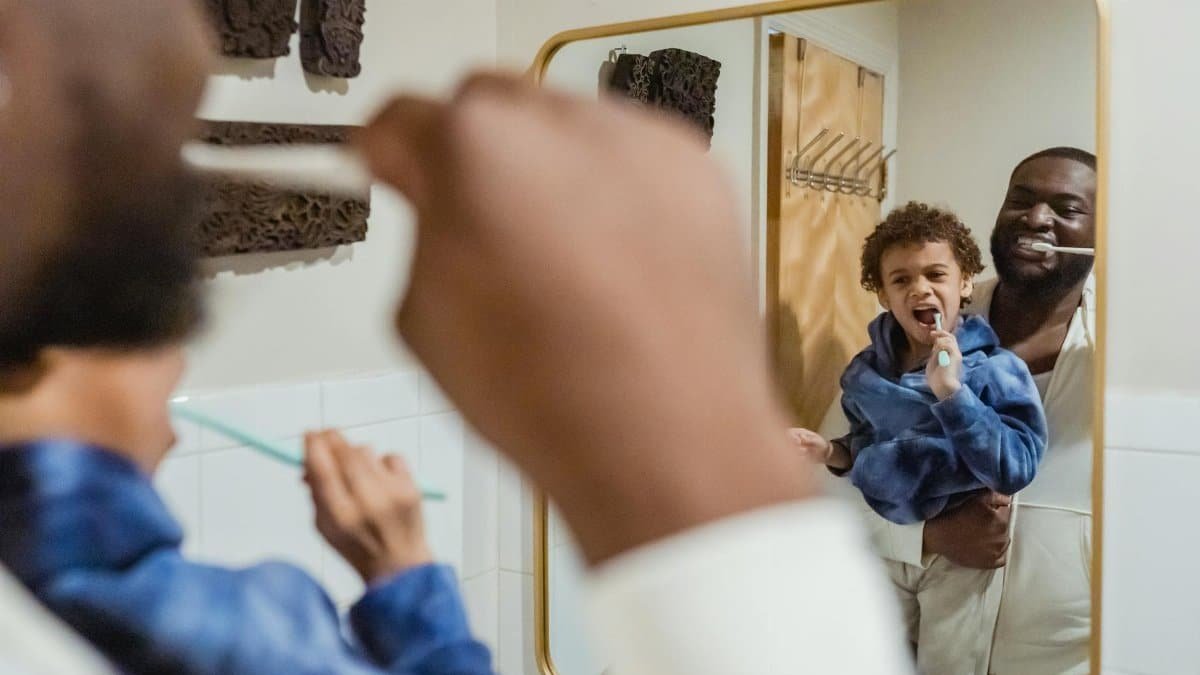Imagine a quiet morning, the kind where the world hasn’t yet rushed in with its demands. In a small coffee shop in Portland, a group of friends gathers weekly, not just for caffeine but for something deeper. They share one thing they’re thankful for—a practice that’s become their anchor. This simple act, often called a daily gratitude habit, isn’t just a feel-good ritual. It’s a deliberate way to reframe the chaos of life, grounding them amid endless to-do lists and uncertainties. For many Americans in 2025, cultivating such a habit feels less like a luxury and more like a necessity. As stress levels climb and mental health challenges persist, turning to gratitude offers a tangible way to reclaim a sense of balance. But how do you make it stick? Below, twelve practical, science-backed strategies can help weave thankfulness into the fabric of everyday life.
1. Start with a Single Minute Each Morning

Don’t overthink it. Set aside just sixty seconds after waking up to name one thing you’re grateful for. It could be the warmth of your bed or a kind word from yesterday. Research from the Harvard Medical School shows that even brief gratitude exercises can boost mood and resilience over time. Keep it simple. No need for a journal or elaborate setup—just a quiet moment before the day begins. One woman described her early attempts as awkward, muttering thanks for her coffee. Yet, weeks later, that tiny pause became a grounding force. The key is consistency over complexity. Build from there as the habit takes root.
2. Tie Gratitude to an Existing Routine

Habits stick when they latch onto something you already do. Brush your teeth? Think of one thing you appreciate while staring in the mirror. Pouring your morning coffee? Reflect on a small win from the day before. This method, often called habit stacking, leverages neural pathways already in place. A study by the American Psychological Association notes that linking new behaviors to established cues can make them second nature. Try it for a week. Notice how gratitude slips into your day without much effort.
3. Use a Physical Reminder

Sometimes, the mind needs a nudge. Place a small object—a stone, a bracelet, or a sticky note—somewhere you’ll see it daily. Let it signal a moment to pause and reflect. A man in his fifties shared how a coin in his pocket became his gratitude trigger. Each time he touched it, he’d think of something positive, even on rough days. This tactile cue can cut through mental clutter. It’s less about the object and more about the interruption it creates, pulling you back to intention.
4. Write It Down, Even If It’s Messy

Grab a scrap of paper or a dedicated notebook. Jot down three things you’re thankful for each day. They don’t need to be profound—sometimes it’s just a sunny afternoon or a good laugh. The act of writing cements the thought. According to research from the Greater Good Science Center at UC Berkeley, writing gratitude notes can enhance well-being more than just thinking them. Don’t worry about neatness. The value lies in the process, not the product.
5. Share Gratitude with Someone Else

Tell a friend or family member what you appreciate about them. It could be a quick text or a face-to-face chat. This not only reinforces your daily gratitude habit but also strengthens bonds. A 2018 study published by the National Institutes of Health found that expressing gratitude to others can amplify positive emotions for both parties. One recent account shared online described the unexpected warmth of thanking a coworker for their patience. The response—a genuine smile—made the moment stick. Try it. Connection amplifies impact.
6. Focus on the Small Stuff

Gratitude doesn’t require grand gestures or life-changing events. Notice the mundane—a hot shower, a comfortable chair, the sound of birds outside. These tiny anchors can shift perspective on tougher days. Psychologists often emphasize that focusing on small positives builds a buffer against stress. It’s not about ignoring life’s challenges but balancing them with what’s still good. Next time you’re stuck in traffic, look for one small thing to appreciate. It might just ease the frustration.
7. Reflect During Low Moments

Life isn’t always rosy, and that’s when gratitude can feel hardest—but most necessary. When stress hits, pause. Ask: What’s one thing I can still value right now? Maybe it’s a supportive friend or simply having a roof overhead. This practice doesn’t erase pain but reframes it. It’s a quiet act of defiance against despair. Over time, this shift can build emotional resilience, turning a daily gratitude habit into a lifeline.
8. Use Technology as a Tool

Apps and reminders can keep you on track. Set a daily alarm on your phone labeled “Gratitude Check” or download an app designed for thankfulness prompts. Technology isn’t a replacement for intention, but it can scaffold the habit. Many Americans in 2025 rely on digital tools to stay consistent with personal goals. Just don’t let the tech overshadow the reflection. Use it as a stepping stone, not the destination.
9. Create a Gratitude Ritual with Family

Make thankfulness a shared experience. At dinner, ask everyone to name one thing they’re grateful for that day. It could spark laughter or deeper conversation. For parents, this can model mindfulness for kids. A family in Ohio described their nightly roundtable as chaotic at first—kids giggling over silly answers—but soon, it became a cherished routine. Shared rituals build accountability. They also remind us we’re not alone in seeking meaning.
10. Revisit Past Entries for Perspective

If you’ve been writing down grateful moments, flip back through them now and then. Seeing what mattered weeks or months ago can reveal patterns. It might also show how far you’ve come. One person noted how rereading old gratitude lists reminded them of forgotten joys—a kind neighbor, a small victory at work. This reflection reinforces why the habit matters. It’s a quiet way to measure growth.
11. Pair Gratitude with Movement

Take a walk or stretch while thinking of what you’re thankful for. Physical activity can amplify the emotional benefits of gratitude. The rhythm of footsteps or breath can focus the mind, making reflection feel less forced. Research suggests that combining mindfulness practices with movement boosts mental clarity. Whether it’s a quick jog or a slow stroll, let your body guide you into a grateful headspace. Notice the world around you as you go.
12. Be Patient with the Process

Habits don’t form overnight. Some days, gratitude might feel forced or empty. That’s okay. Studies show it can take anywhere from 18 to 254 days to solidify a new behavior, depending on the person and context. Don’t aim for perfection—aim for persistence. Acknowledge the off days without judgment. Over time, a daily gratitude habit becomes less about effort and more about instinct. Trust that small steps add up.
Building a daily gratitude habit isn’t about transforming life overnight. It’s about weaving moments of awareness into the everyday grind. These twelve strategies offer a roadmap, adaptable to busy schedules or skeptical minds. Whether it’s a scribbled note, a shared word, or a quiet thought while walking, the act of pausing to recognize what’s good can shift how the world feels. In 2025, as pressures mount, this practice might just be the steadying force many need. Start small. See where it leads.
